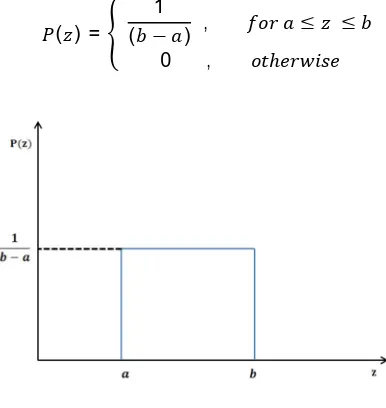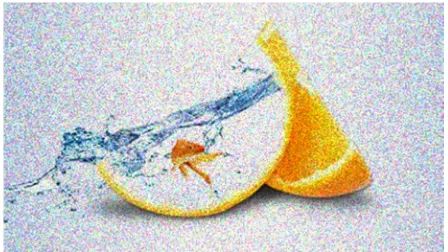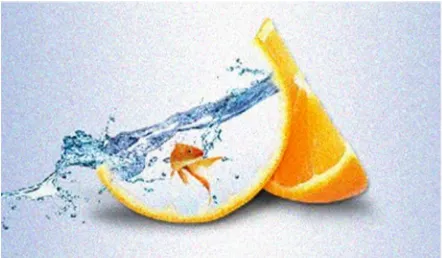Different Types of Noises in Digital Image Processing: A Review
Full text
Figure
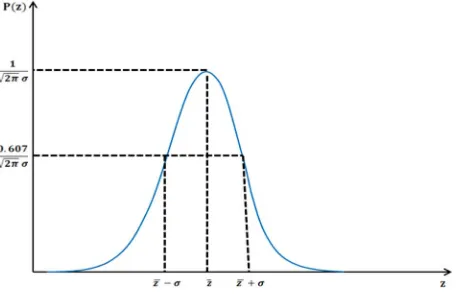
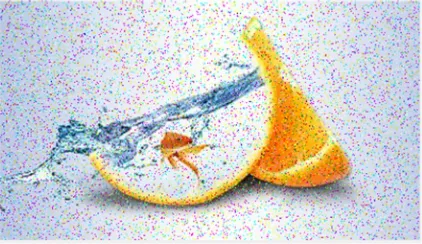

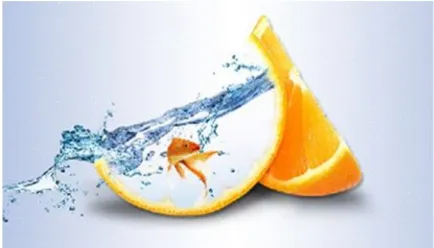
Related documents
In order to compare the performance of state, mixed and private companies, in this study data on turnover, profit, total assets, the number of employees, ownership,
Hypothesis for change over time : According to the income-pooling hypothesis, due to the accelerating economic development and the increase in standards of living in Israel,
"Watermarking" is the process of hiding digital information in a carrier signal ; the hidden information, but does not need to contain a relation to the carrier signal. The
If a new node joins the network then function node-join is executed. If a node has left the network then function node-leave is executed. Delete the repeatable vertices in
Early maturity Roundup Ready corn hybrid test trial results- Allen & Inel Ryckman Farm, Warner, SD, 2007 Note: Data for 2006 was excluded due to the high level
In this work four types of noise (Amplifier noise, Salt & Pepper noise, Speckle noise and Poisson noise) is used and image de-noising performed for different noise
There are different types of image noise present in the image like Gaussian noise, salt and pepper noise, speckle noise, shot noise, white noise.. Image denoise
Another recent report used two mouse MAbs spe- cific for invasion-inhibitory or noninhibitory epitopes of the Plas- modium falciparum protein apical membrane antigen 1 as report- ers
